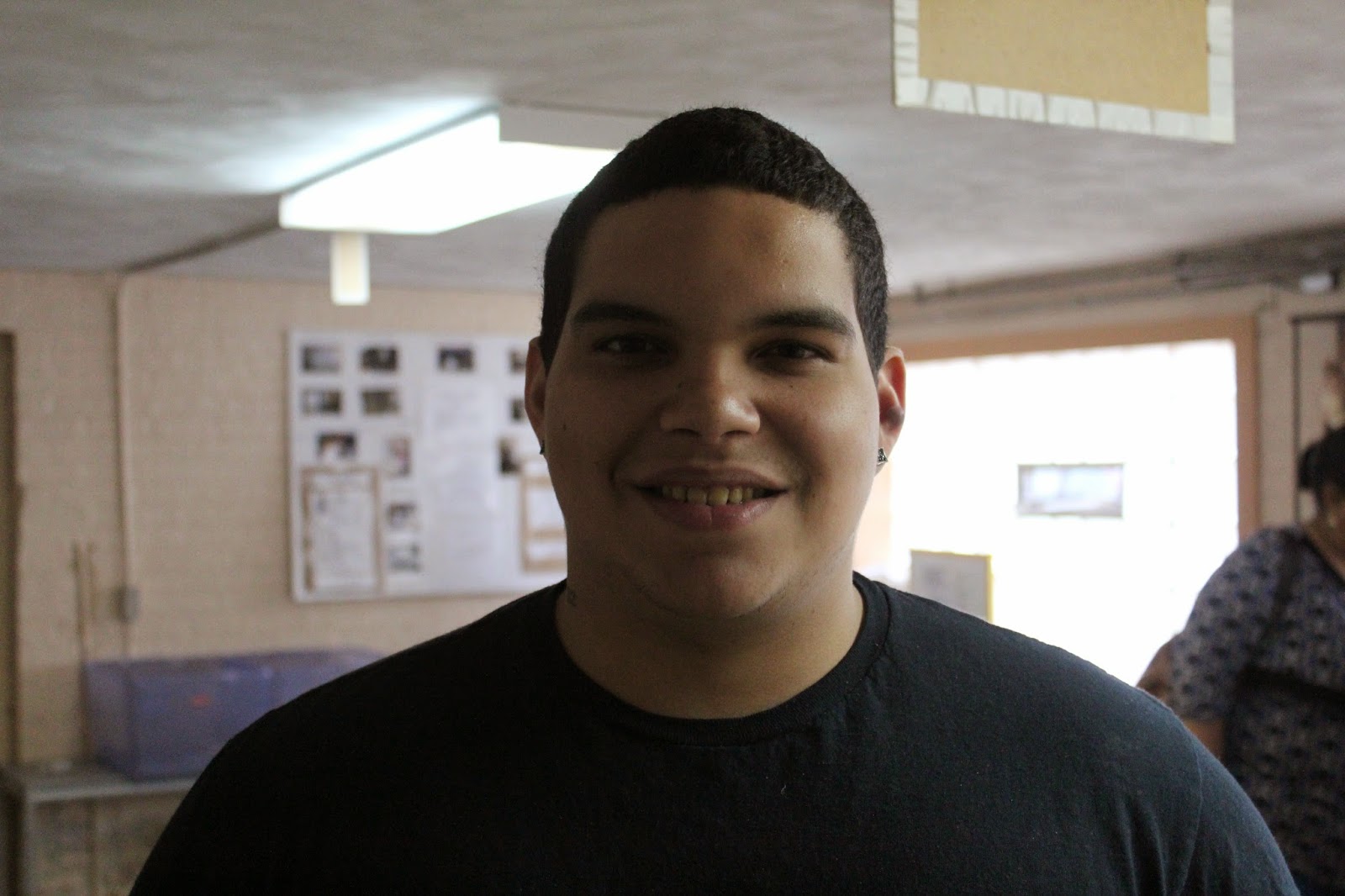 |
| 9-year-old Leo eats a nutritious meal at the Union League Boys & Girls Club Club One Kids Cafe. |
During the summer months many children in Cook County face hunger as they are away from free and reduced price school meals. When classes resume in September, thousands of students receive the meals they need to stay healthy.
Families face the same challenge during winter break.
That’s why many Greater Chicago Food Depository Kids Cafes are open throughout the holiday season, including the Union League Boys & Girls Clubs Club One in the Pilsen neighborhood.
“Unfortunately for a lot of the kids that come to the Club during winter break, the meal they get here might be the only meal they’re getting during the day,” said Ben Medina, assistant club director.
Throughout the year, but especially during the holidays, the need among families is significant in Pilsen, Ben says.
“A lot of our kids’ parents are barely making ends meet,” he said. “They’re working graveyard shifts, or two or three jobs a day making minimum wage.”
Children receive a hot meal prepared by the Food Depository at the Kids Cafe. In addition, they can play sports or, when school is in session, do their homework. The Kids Cafe serves approximately 150 children each day. One of them is 9-year-old Leo, a fourth-grader who’s been coming to the Club for the past two years.
Leo has a brother and sister. His mom works during the day and his dad works at night to support the family.
“I like the fruit and vegetables I get here,” he said.
With the food Leo eats at the Kids Cafe, he’s able to stay healthy and concentrate on his favorite subject in school.
“I really like math,” he said. “My favorite homework is math and I like playing on the computers too.”
Also eating a meal at the Kids Cafe was 15-year-old Cesar, a quiet freshman who plays football and is on the wrestling team. For him, the healthy meals he eats at the Club are important to staying in shape.
“I try to eat the oranges and apples when I’m here,” he said. “They’re good to eat for sports.”
Whether it’s winter break, during the summer, or when school is in session, children face hunger in Pilsen and across Cook County. But the response is strong.
“I know this program really makes a difference,” Ben said. “It’s awesome to see the kids getting a well-rounded meal.”
























